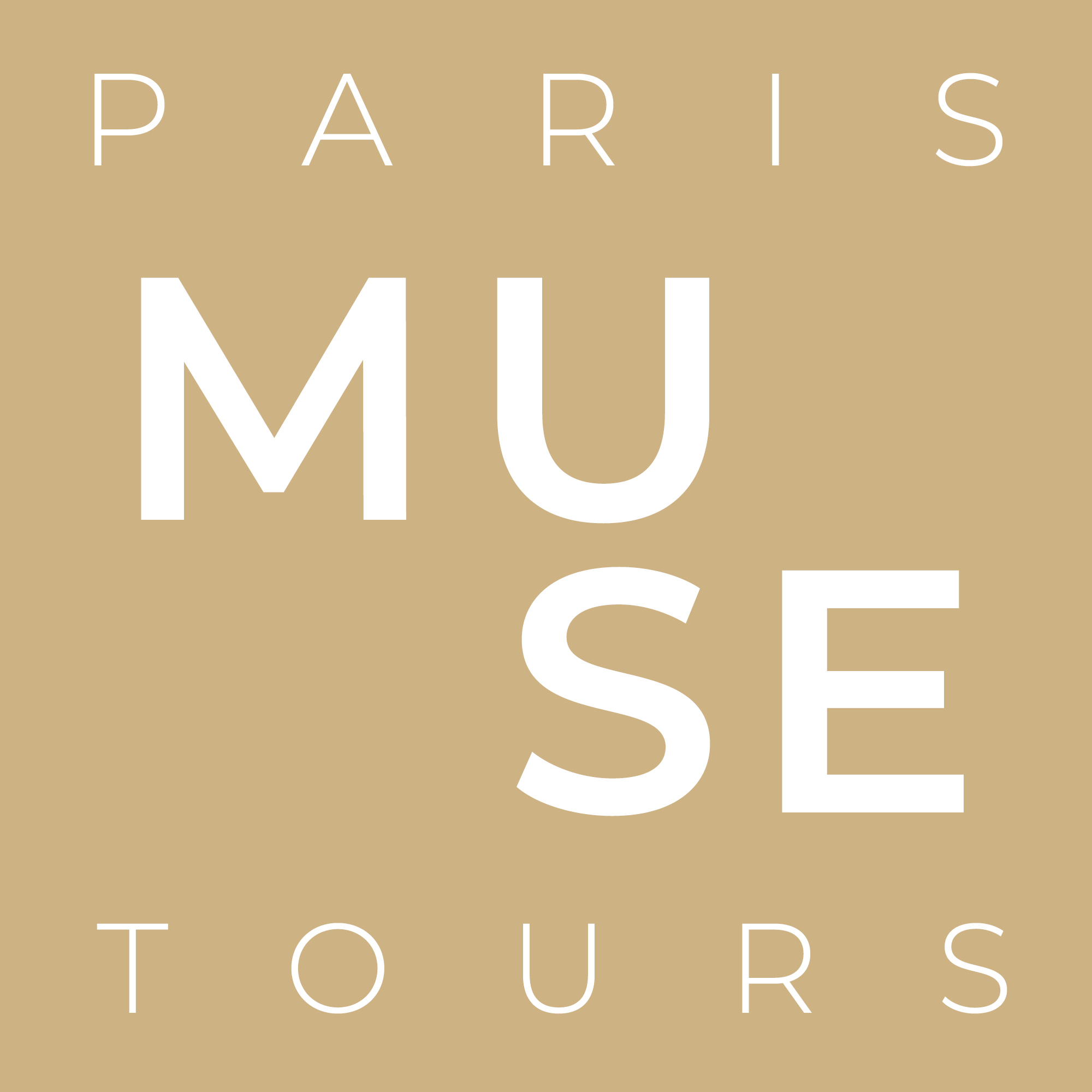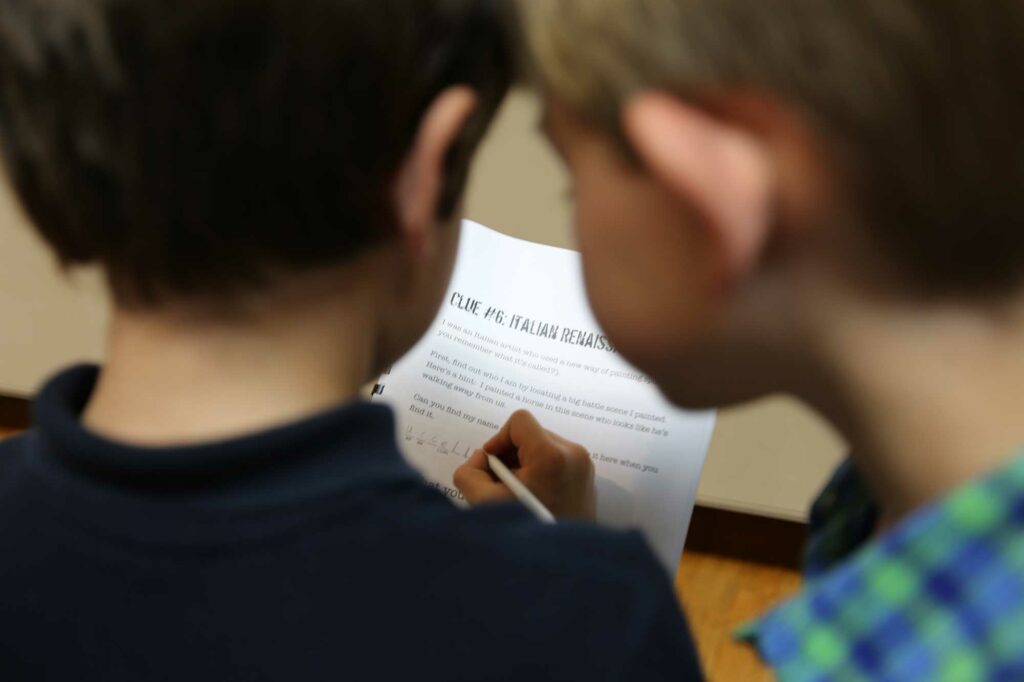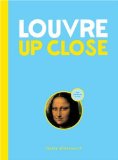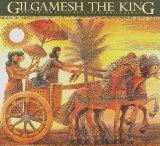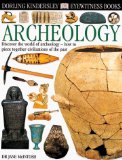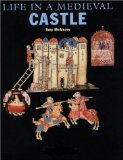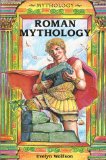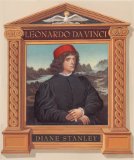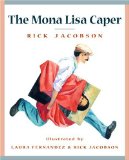Our Muse Clues family guides have selected these fun and educational books for kids to explore in greater detail the diversity of cultures, objects, and ideas at the Louvre.
by Claire d’Harcourt 2007
Our educational programs are designed to get kids excited about looking very closely at art. It’s one of the many reasons we like this beautifully designed book. It features magnified details from works of art in the Louvre’s collection, which readers—both young and old—can locate in nearby photographs of the entire piece. It’s an entertaining workout for the eye, and great practice for the kind of careful looking required of every budding art detective on the Muse Clues trail.
Learn more about this book at Abe books.
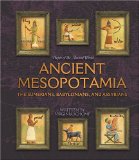
Ancient Mesopotamia: The Sumerians, Babylonians, And Assyrians
(People of the Ancient World)
by Virginia Schomp 2005
This informative book will introduce older children to many of the Ancient Near Eastern leaders and cultures they will discover at the Louvre, including the Babylonian King Hammurabi and the Assyrian King Sargon. Its chapters also focus on daily life for Mesopotamians of different occupations: merchants, farmers, doctors and scientists, for example. Includes the additional resources of glossary, biographical dictionary, and timeline.
Learn more about this book at Amazon.com.
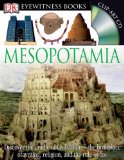
Mesopotamia
(DK Eyewitness Books)
by John Farndon 2007
A basic introduction to the “cradle of civilization.” Kids learn about cuneiform writing, Mesopotamian gods and goddesses, and the epic story of Gilgamesh, which will provide them with tools to interpret works of art in the Louvre’s Ancient Near Eastern collections. This book also describes King Hammurabi and his famous Code of Law, one of the Louvre’s most precious ancient treasures. It is loaded with attractive photographs, adding to its appeal for younger readers as well.
Learn more about this book at Amazon.com.
by Ludmila Zeman 1998
An Assyrian relief sculpture depicting the Mesopotamian hero, Gilgamesh, in the Louvre’s Khorsabad courtyard, is one of the highlights of our Paris Muse Clues tour. Zeman’s Gilgamesh the King is the first in a trilogy of titles, which also includes The Revenge of Ishtar and The Last Quest of Gilgamesh. This series of books relates the epic of Gilgamesh in an appropriate, accessible way for children. Its beautiful illustrations are inspired by Mesopotamian art, so it is a wonderful introduction in both word and image.
Learn more about this book at Amazon.com.

Archaeology for Kids: Uncovering the Mysteries of Our Past, 25 Activities
by Richard Panchyk 2001
Many of the treasures kids will explore at the Louvre were found and interpreted by archaeologists: the Khorsabad Palace from Assyria, the Great Sphinx of Tanis, and the amazing 9,000-year-old statue from Ain Ghazal, Jordan. But how did archaeologists find these things, and how did they figure out how old they were? Each chapter of Archaeology for Kids offers an overview of a historical period, with a discussion of techniques developed by cutting-edge archaeologists to decipher mysteries posed by the past. Kids learn about Mary Leakey, for example, who estimated the height of ancient animals by examining fossilized footprints. Activities include analyzing soil, dating garbage, and recreating an oil lamp like those used by the Greeks and Romans.
Learn more about this book at Amazon.com.
by Jane McIntosh 2000
This basic introduction to archaeology relies as much on illustration as on text, which may make it more interesting for younger readers (9-12 is the recommendation). It will enhance your child’s understanding of how ancient objects in a museum like the Louvre were discovered. The book will also give them a sense of the kind of detective work archaeologists do, in order to uncover the fascinating stories these artifacts have to tell!
Learn more about this book at Amazon.com.
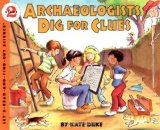
Archaeologists Dig for Clues
(“Let’s Read and Find Out” Science 2)
by Kate Duke 1996
A book about archaeology for children, ages 4-8. It shows how archaeologists on a dig work very much like a detective. Every chipped rock, charred seed, or fossilized bone could be a potential clue to how people lived in the past. In this informative, entertaining book, the author explains to young children what archaeologists are looking for, how they find it, and what their finds reveal.
Learn more about this book at Amazon.com.
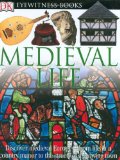
Medieval Life (DK Eyewitness Books)
by Andrew Langley 2004
Visiting the moat of the medieval Louvre is a highlight for many young museum-goers. This mini-encyclopedia is a general introduction to medieval life in Europe, exploring everything from food, art, music, to business practices, a peasant’s life, and customs at the royal court. The photographs of interesting medieval artifacts—such as a calculator, special shoe attachments worn for muddy streets, and medieval toothpaste!—help bring this remote period alive. It will stimulate kids’ imaginations, giving them an idea of how medieval Parisians might have lived.
Learn more about this book at Amazon.com.
by Tony McAleavy 2003
The Louvre was once a formidable medieval castle, and home to the French king. On our Paris Muse Clues tour, visitors learn about the medieval builders who left 800-year old traces, visible today in the castle’s foundations. Kids will no doubt wonder: what was life like behind these great stone walls? This book describes how castles were homes to powerful royalty and nobility, who displayed their wealth by giving sumptuous banquets and maintaining large households of servants and courtiers. Monarchs and nobles governed from these places too! Although this book is good preparation for the medieval Louvre, it focuses more on English history than on French, and includes some challenging vocabulary.
Learn more about this book at Amazon.com.
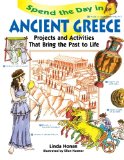
Spend the Day in Ancient Greece: Projects and Activities that Bring the Past to Life
(Spend The Day Series)
by Linda Honan 1998
The Louvre features some of the world’s most famous sculptures from ancient Greece: the Venus de Milo and the Nike of Samothrace, for example. This book will help young readers understand the role these works of art played in the everyday life of ancient Greeks, long before they were museum treasures. Kids journey back to ancient Greece though a series of activities, such as learning to write in Greek, building a miniature chariot, or preparing a feast. These activities are framed within a story about a fictional family in Athens over 2000 years ago and their celebration of a special day which includes peplos weaving, cooking, and helmet making!
Learn more about this book at Amazon.com.
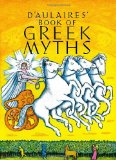
D’Aulaires’ Book of Greek Myths
by Ingri D’Aulaire and Edgar Parin D’Aulaire 1992
This is a beloved classic, a beautifully illustrated volume on Greek mythology. It is the kind of book an entire family can enjoy together, since it doesn’t “talk down” to kids, and still remains interesting for adults. As mythological figures are principle characters in countless works of art at the Louvre, D’Aulaires’ volume makes for an ideal art history primer as well.
Learn more about this book at Amazon.com.

Janice VanCleave’s Geography for Every Kid: Easy Activities that Make Learning Geography Fun
by Janice VanCleave 1993
Geography at the Louvre? Paris Muse Clues helps to remind kids that museums are places where all different kinds of learning can happen. This introduction to geography will help visitors understand why Mr. Arago and his work on the Paris Prime Meridian was such an important achievement (we see one of the Meridian plaques inside the Louvre). Activities in this book include making a map out of clay and learning about a compass rose. Young readers also find out about longitude and latitude, legends, scales, grip maps, topographic maps, and much more.
Learn more about this book at Amazon.com.
by Evelyn Wolfson 2002
The architects and artists who built and decorated the Louvre were more often inspired by Roman, rather than Greek, mythology. Louis XIV’s Apollo Gallery, for example, is filled with paintings and sculptures depicting figures from Roman myth: Diana, Ceres, and Neptune. This entertaining, accessible introduction to Roman myth demonstrates how these characters and stories were often associated with actual historical figures and events, more so than their Greek counterparts (the difference wasn’t always just a name change!)
Learn more about this book at Amazon.com.
by H. A. Rey 2008
Known for creating the beloved Curious George, author H. A. Rey is also a scientist. Here, he introduces young readers to the study of stars, with a list of familiar constellations and drawings to help identify them in the night sky. In the ceiling of the Louvre’s Apollo Gallery, young visitors will explore sculptures of the ancient zodiac signs that are paired with paintings of agricultural chores associated with months of the year. A background to the stars will help them appreciate the artistic inspiration for that elaborate design by Charles Le Brun.
Learn more about this book at Amazon.com.
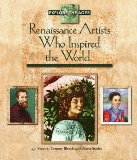
Renaissance Artists Who Inspired the World
(Explore the Ages)
by Gregory Blanch and Roberta Stathis
The Louvre’s Grande Galerie transports young visitors to the age of the Italian Renaissance. This delightful book will introduce them to five key artists from that era: Sandro Botticelli, Leonardo da Vinci, Michelangelo, Raphael, and Sofonisba Anguissola. The strength of this study is its focus on historical context, demonstrating how an age of new questions produced a new kind of art. It will provide a means for kids to connect with some of the beautiful paintings awaiting their discovery at the Louvre.
Learn more about this book at Amazon.com.
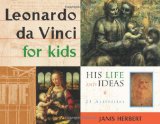
Leonardo da Vinci for Kids: His Life and Ideas, 21 Activities
(For Kids series)
by Janis Herbert 1998
Seeing Leonardo da Vinci’s paintings, of course, is a highlight for many young visitors to the Louvre. This engaging biography of the artist provides a good deal of historical information about Italy and its art history. The author explains both Leonardo’s artistic techniques and his scientific inventions in an accessible way. The book includes detailed sketches of human anatomy, maps drawn from a bird’s-eye view, and designs for diving suits and hang gliders that were hundreds of years ahead of their time. A complete portrait of this fascinating man, and a unique activity book in one.
Learn more about this book at Amazon.com.
by Diane Stanley 2000
A beautifully illustrated biography of Leonardo da Vinci for the younger art fans in your family. We like its emphasis on visual story telling. It features beautiful reproductions of Leonardo’s paintings, such as the Last Supper and the Mona Lisa, and images of his scientific and engineering achievements. There are plenty of children’s books on Leonardo, but this one is a stand out (how many of them can boast collaboration with a leading Renaissance scholar like John Shearman, for example?)
Learn more about this book at Amazon.com.
by Rick Jacobson and Laura Fernandez 2005
Kids love hearing about the true story of Vincenzo Perugia, who stole the Mona Lisa from the Louvre in 1911, and brought her back to Italy. This entertaining version of the story features the painting herself as the narrator. A wonderful way to introduce the younger children in your family (ages 4-8) to one of countless stories this fascinating painting has to tell.
